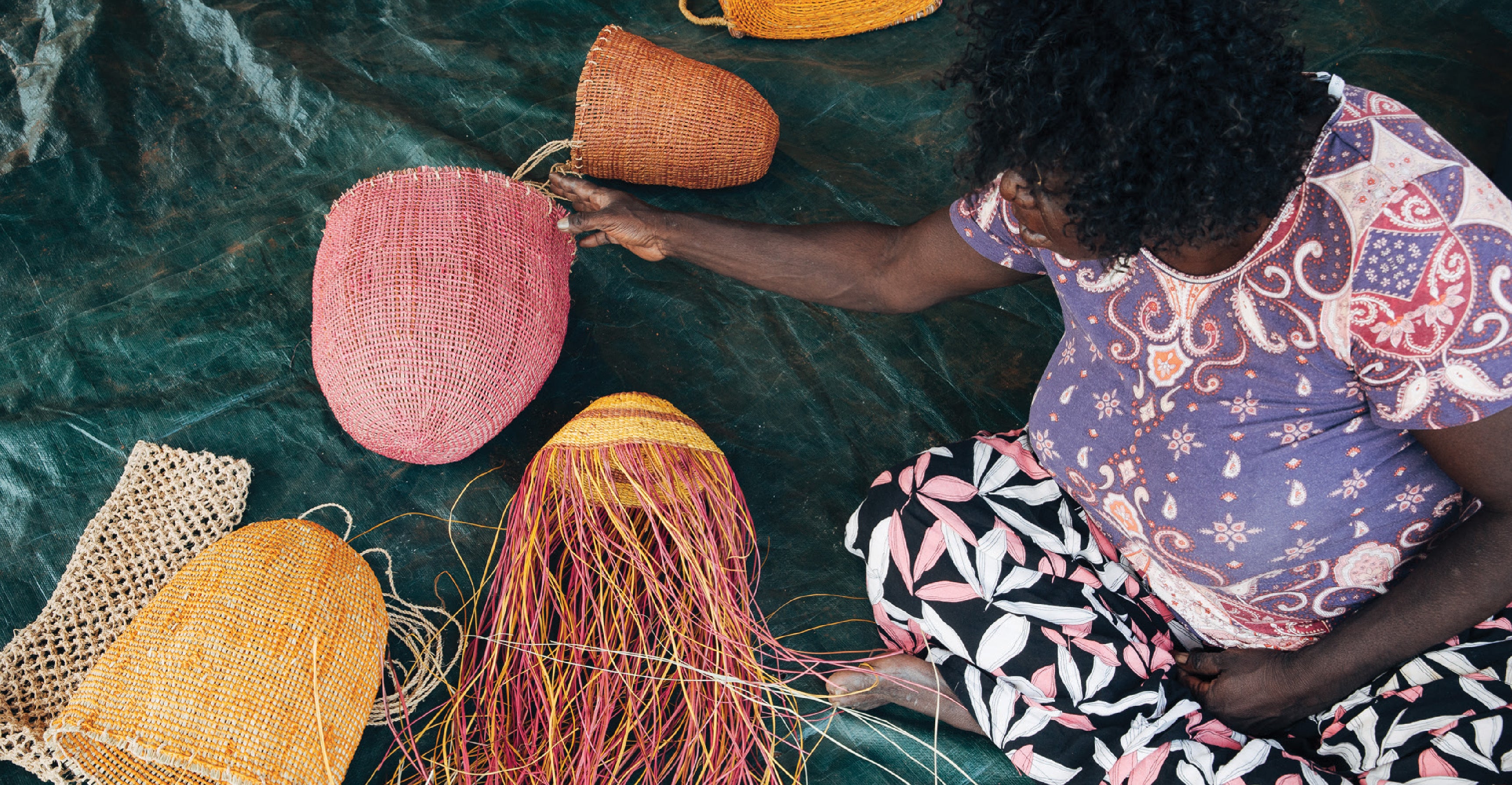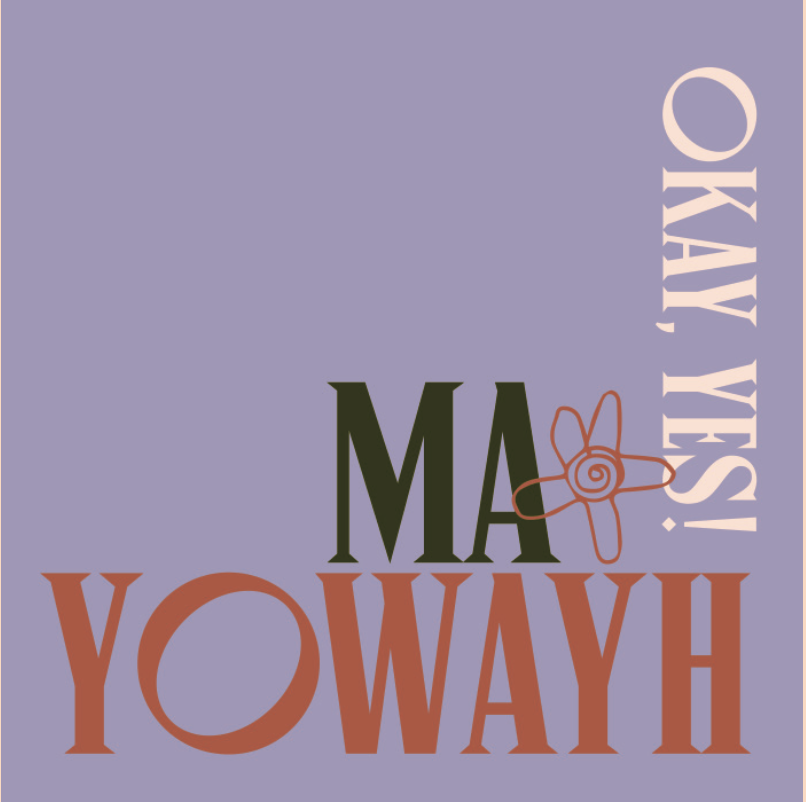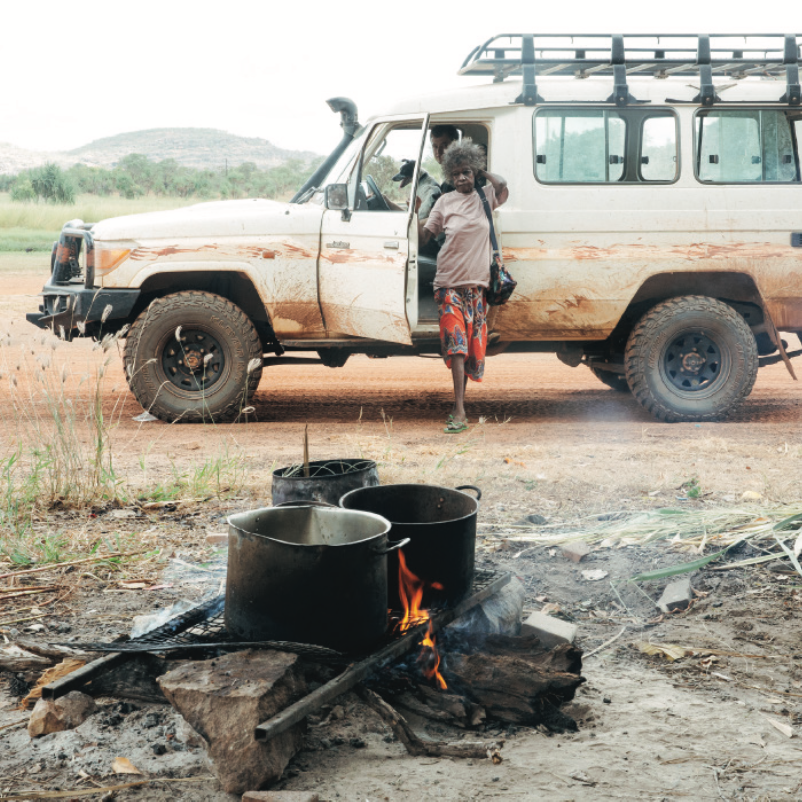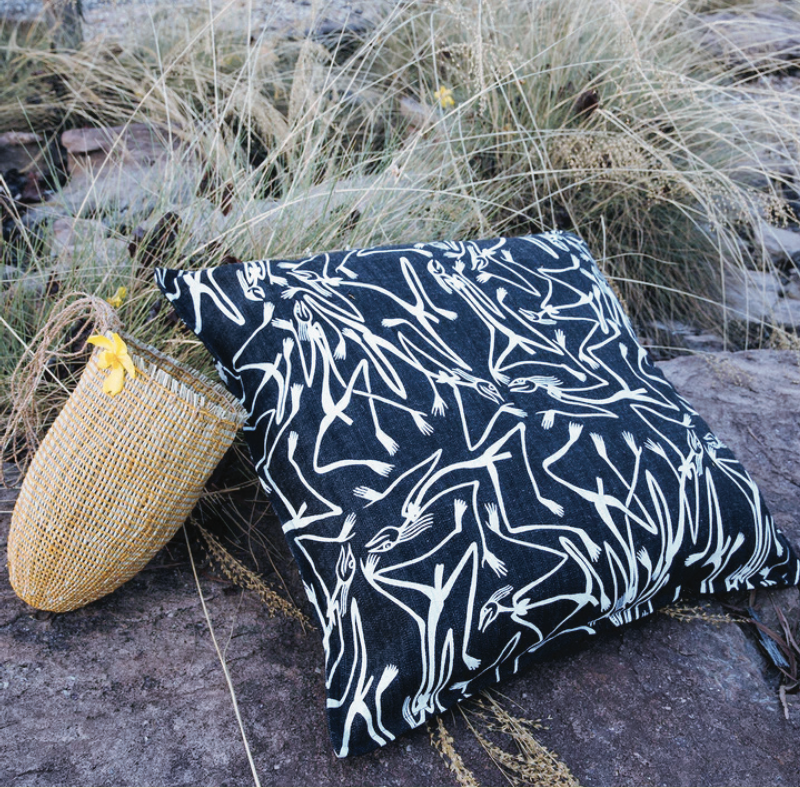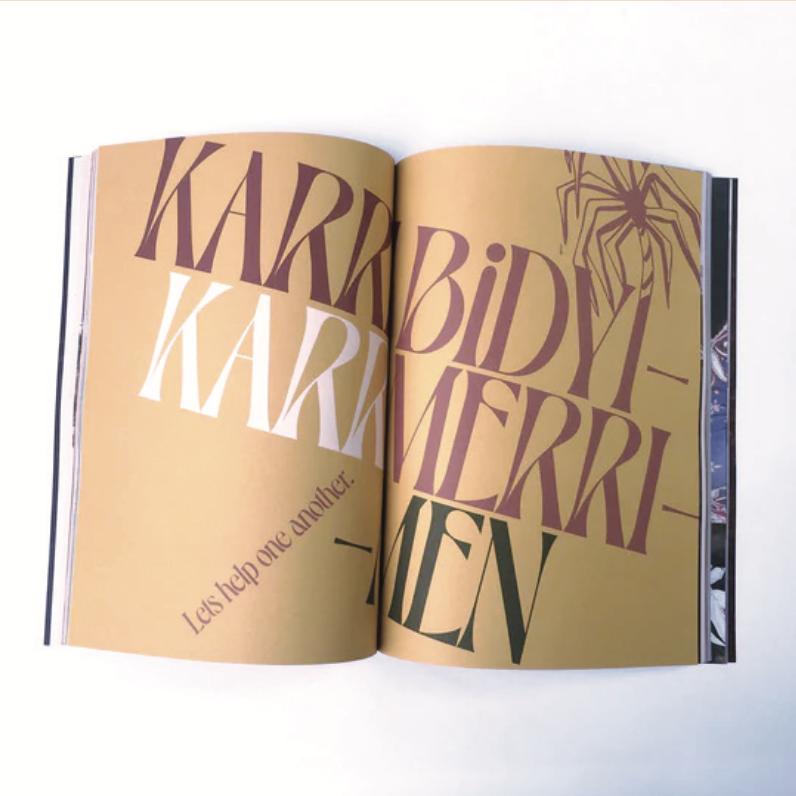This Dreaming comes from country adjacent to the windmill at Warlarla (Rabbit Flat). This site is part of a long Dreaming track that stretches from Yarrajalpa in the extreme west of Warlpiri country to Warlaku (Ali Curung) in the east. In this Dreaming story, two dog ancestors, a Jampijinpa and a Napangardi, traveled from the west to the east. They began at Yarrajalpa (a waterhole) and traveled through Wirninginpa, Jinarli, Karljawarnu (a rockhole), Jilwirrpa, and Waanjurna (a rockhole). They dug holes in the ground and created ‘warnirri’ (rockholes) and ‘ngapa’ (waterholes) as they went.
At Tapu (a rockhole), the two dogs separated. The female dog, Napangardi, went to the south towards Ngamarnawarnu. The male dog, Jampijinpa, went to the north through Mukirri and Paruwu. Eventually, he became lonely and howled for Napangardi in the south. She came running to him, and they married each other at Ngarnka. They wore men’s and women’s marriage headdresses, and Jampijinpa painted himself with white clay for the ceremony. After the wedding, they continued on slowly to the east through Kurduwijawija, Warlarla (Rabbit Flat), and Yurlpuwarnu (rockholes). At Yurlpuwarnu they started a fire using a ‘jimanypa’ (stick), a spear-thrower, and ‘yinirn ’ (bat-wing coral tree [Erythrina vesper lio]) wood for firewood. The dogs then continued east through Kulpurlunu (a waterhole) and Ngumurlungu, where they encountered some other dogs. However, these dogs sent them away while they performed a sacred ceremony.
The two dogs continued running east, past Jarramarda and Yankirrikirlangu, before arriving in Warlaku (Ali Curung). Many other dogs were living in Warlaku when they arrived. There were many families of dogs, mothers and fathers and children and uncles all living together. Jampijinpa and Napangardi made a burrow to rest in and started a big family of dogs there. They chose to stay in Warlaku and live with all the other dogs. In this way, the ‘malikijarra Jukurrpa’ (two dogs Dreaming) tells the story of proper conduct in families and marriages.
In Warlpiri paintings, traditional iconography is used to represent the Jukurrpa and other elements. The ribcages of the Jampijinpa, Napangardi, and their family of dogs are depicted in this work. Their ribs can also be seen as features in the landscape in the Yankirrikirlangu area. Concentric circles are used to represent the ‘ngapa’ (waterholes) around Yankirrikirlangu.
Murdie Nampijinpa Morris
Murdie (Maudie) Nampijinpa Morris was born in the 1930s at Rabbit Flat, a tiny settlement in the middle of the harsh Tanami Desert in the Northern Territory of Australia about 160 km from the Western Australia border and 315 km north-west of Yuendumu. Her parents would have taken her out bush in around Nyirripi area, showing her sites and teaching her the traditional ways of her country. In the early 1980s she settled in Yuendumu and worked at the Old People’s Home - a Program that cares for the elderly by helping them when they are sick, and being with them when they are alone or when they are frightened during storms. She was married but is now a widowed woman. She never had children.
Murdie enjoys painting, and paints her father’s jukurrpa, Maliki Jukurrpa (Domestic Dog Dreaming) and Malikijarra Jukurrpa (Two Dog Dreaming). Dreamings that have been passed down through the generations for millennia and relate directly to the land, its features and the animals and plants that inhabit it. She uses an unrestricted palette to develop a modern interpretation of her traditional culture.
 Our journey
Our journey

